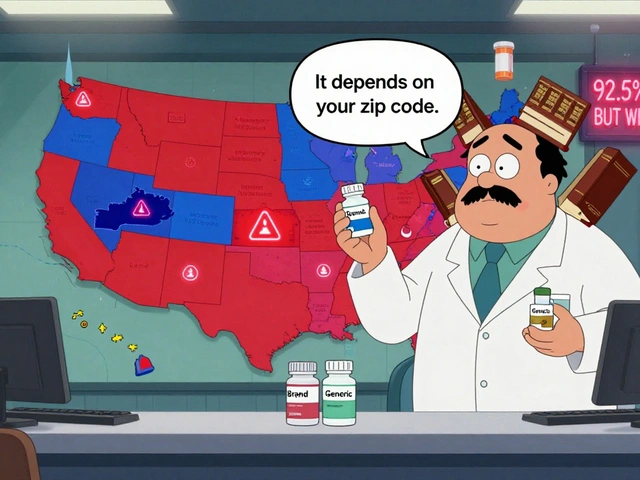Eye Redness After Surgery: What It Means and How to Manage It
When dealing with Eye Redness After Surgery, a common sign of irritation or inflammation that appears in the eye following ocular procedures. Also known as post‑operative eye redness, it often signals that the eye is reacting to the surgical trauma. eye redness after surgery can be harmless, but it may also hint at deeper issues that need attention.
One of the first entities linked to this symptom is ocular inflammation, the body’s natural response to tissue injury, which causes blood vessels to widen and fluid to leak. Inflammation typically produces conjunctival hyperemia—reddish swelling of the eye’s surface—and a gritty feeling. Another key player is postoperative infection, a bacterial or viral invasion that can turn mild redness into pain, discharge, and vision changes. While inflammation is expected, infection is not; catching it early prevents complications like keratitis or endophthalmitis.
Managing these two entities often involves steroid eye drops, potent anti‑inflammatory medications such as loteprednol that reduce swelling without raising intraocular pressure dramatically. Steroids calm the blood‑vessel dilation that causes redness, but they must be balanced with antibiotics to guard against infection. Many surgeons prescribe a combination regimen: a corticosteroid for inflammation paired with a fluoroquinolone or macrolide antibiotic to suppress bacterial growth.
Practical Steps to Ease Redness and Protect Your Vision
First, follow the dosing schedule your doctor gave you. Skipping drops or using them too often can either prolong redness or increase side‑effects like cataract formation. Second, keep the eye clean; gentle rinsing with sterile saline removes debris that might irritate the conjunctiva. Third, avoid rubbing the eye—pressure can reopen tiny wound edges and worsen hyperemia. Fourth, watch for warning signs: worsening pain, increasing discharge, blurry vision, or a sudden spike in redness that spreads rapidly. These clues often point to infection, requiring prompt medical review.
Beyond medication, consider the role of surgical technique. Less invasive procedures (e.g., phacoemulsification for cataract removal) typically cause milder redness than larger incisions. However, even the best technique can’t eliminate the body’s healing response. Patient factors—like dry‑eye syndrome, blepharitis, or uncontrolled diabetes—also heighten the risk of prolonged redness. Addressing these conditions before surgery can shorten recovery time.
Finally, maintain good post‑operative habits: wear the protective shield as instructed, avoid swimming or hot tubs for the recommended period, and keep follow‑up appointments. Each visit lets your surgeon monitor inflammation levels and adjust treatment, ensuring that redness subsides without lingering effects on vision.
With these insights, you now have a clear picture of why eye redness after surgery occurs, what the main contributors are, and how targeted care can speed up healing. Below you’ll find detailed articles that dive deeper into each aspect—whether you’re curious about steroid eye drops, need to spot infection early, or want step‑by‑step recovery tips.

How to Spot Post‑Surgery Eye Inflammation in Kids
Learn how to spot postoperative eye inflammation in children, recognize key symptoms like redness and pain, and know when to seek urgent medical care.




